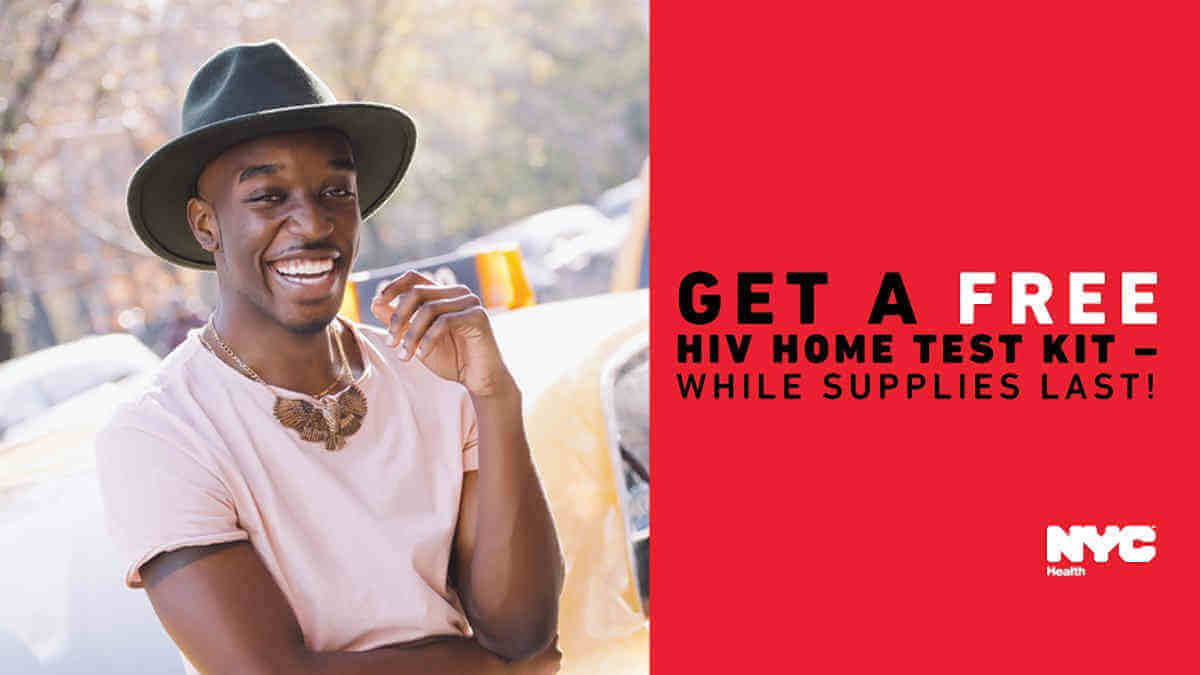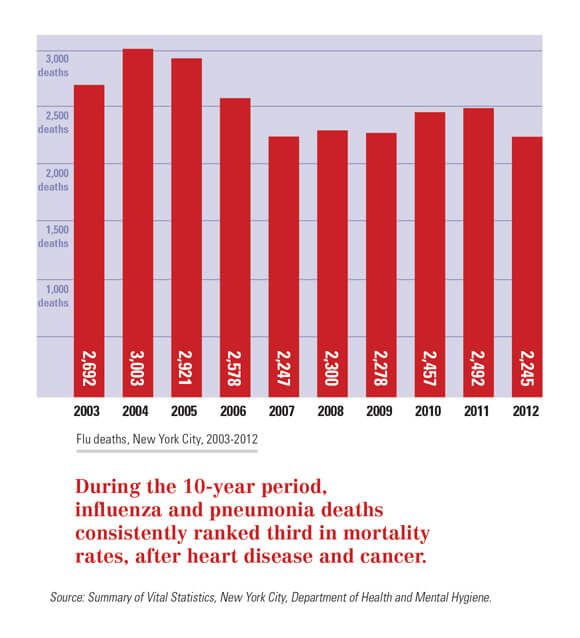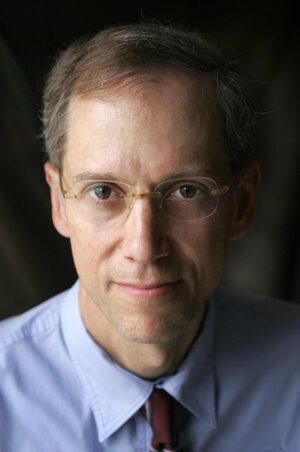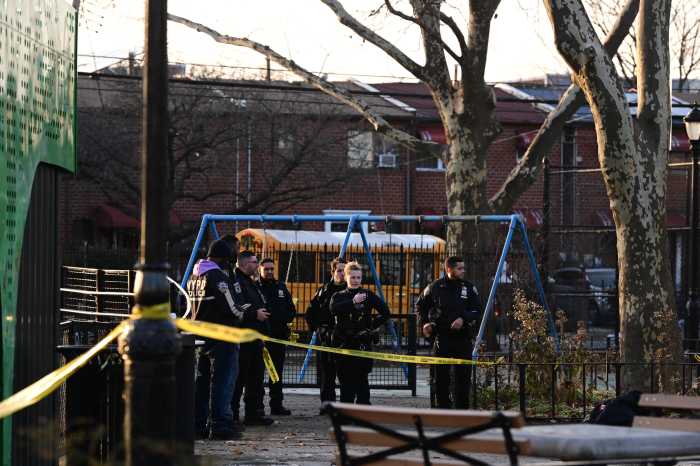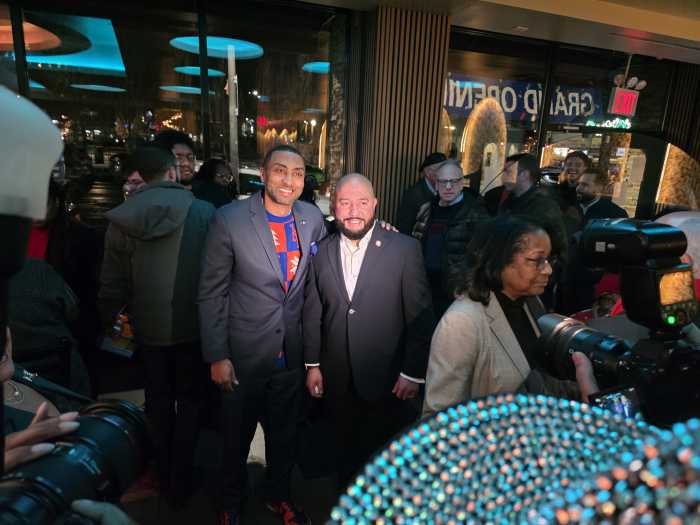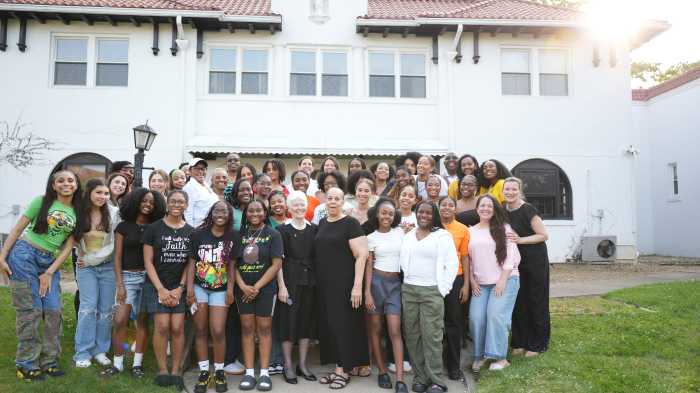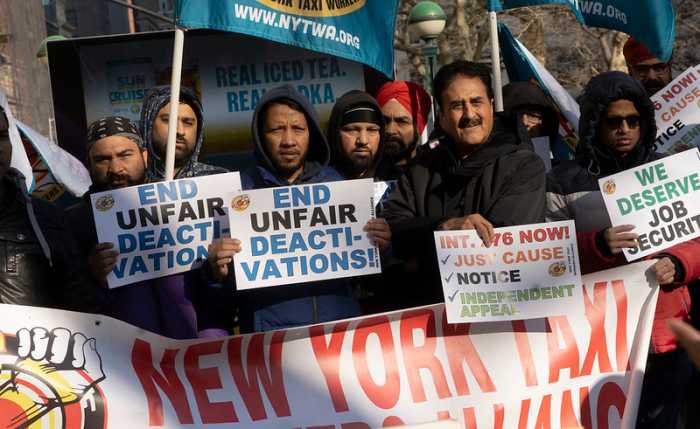The city health department has been giving away free in-home HIV test kits in an effort to reach more communities facing heightened HIV risk, including men who have sex with men and transgender women who have sex with men.
The department has provided 12,000 test kits through multiple waves of the initiative, which was launched in 2015 and remains active today. The in-home tests, which consist of oral swabs and yield results in 20-40 minutes, are promoted by the city through a campaign of targeted advertisements on social media platforms and dating apps including Grindr, Scruff, BGCLive, Jack’d, Hornet, Instagram, Facebook, and Twitter. In subsequent waves, the program was also promoted in Spanish.
Those who view the advertisement and click on it are directed to a survey presenting a series of questions to determine the person’s eligibility for the in-home test. Individuals are required to be either men, transgender, or intersex, have had sex with a man in the last year, live in New York City, be at least18 years old, and not already have an HIV diagnosis — though through a subsequent, separate initiative the health department is reaching out more broadly.
“Our Online HIV Self-Test Giveaway eligibility criteria are based not only on the fact that these groups are disproportionately affected by HIV, but that there is precedent for successful online recruitment among these groups,” said Dr. Oni Blackstock, the assistant commissioner for the Bureau of HIV/ AIDS Prevention and Control at the city health department.
If the individuals are deemed eligible, the health department emails them a discount code that can be used to obtain a free test kit from a manufacturer’s website. If they are not eligible, they are directed to HIV prevention and care resource websites. Eligible participants who receive the code are also provided with resources regarding where to find HIV confirmatory testing, HIV-related care, and PrEP and PEP services.
In 2017, the department expanded the program to other communities through a separate, but similar Community Home Test Giveaway initiative in conjunction with community-based organizations. The first phase of that program targeted men who have sex with men and transgender individuals, especially people of color, as well as Black and Latinx women, sex workers, populations facing housing insecurity, and those who reside in neighborhoods experiencing high rates of poverty.
In the second phase of that program, the department ditched the eligibility requirements and made the tests available to anyone who engaged with community-based organizations participating in the program.
The online program has continued on its own and the city views it as a way to reach individuals who are uninsured or underinsured, face travel barriers, or otherwise avoid conventional testing due to stigma or other factors.
“Sixteen percent of participants have never been tested before,” Blackstock said, underscoring the test’s ability to better reach demographic groups that other testing outreach efforts have fallen short.
Blackstock said that the accuracy of the OraQuick in-home test, which is the one tied to the city’s program, is “quite high.” According to the Food and Drug Administration, the tests are 92 percent accurate when the results show a positive HIV test and 99.98 percent effective when results are negative. The risk of a “false positive” makes the referrals given participants for confirmatory testing important.
The city and state have each celebrated gains in their respective efforts to eradicate the HIV/ AIDS epidemic locally, but the greatest progress among gay and bisexual men has been seen among white men, and improvements in HIV infection rates in Black and Latinx communities have not been as pronounced.
Still, white individuals made up the largest share of participants during the first three waves of the in-home test giveaway. In the fifth and most recent wave, 35 percent of participants were Latinx, 32 percent were white, 17 percent were Black, 11 percent were Asian/Pacific Islander, and five percent classified themselves as “Multiple Races/ Other.”
The vast majority of participants through the first five waves were cisgender men, with trans and gender nonconforming individuals representing between zero and five percent of the participants, depending on the wave.

